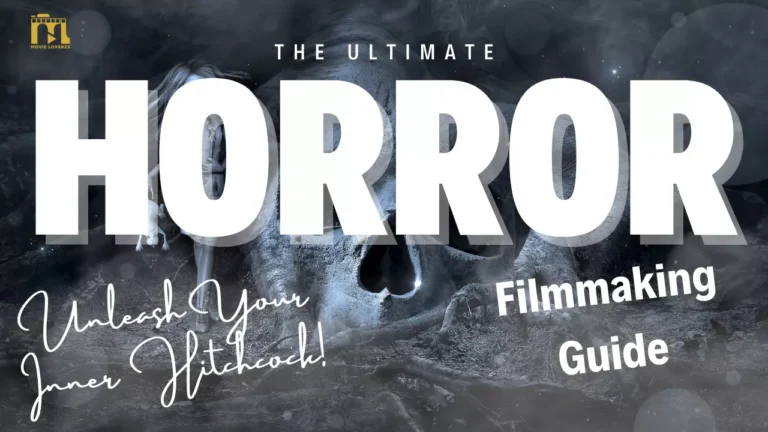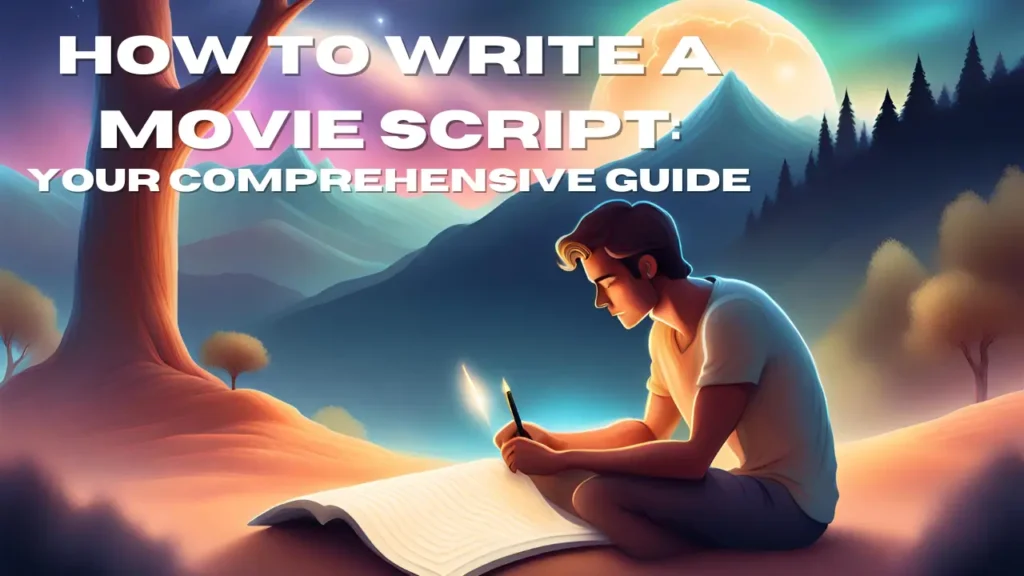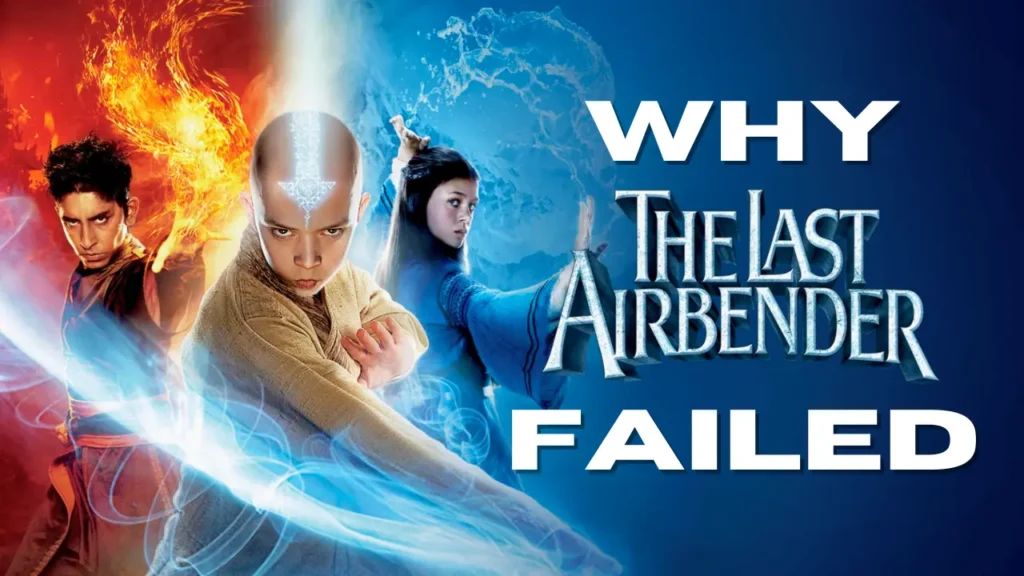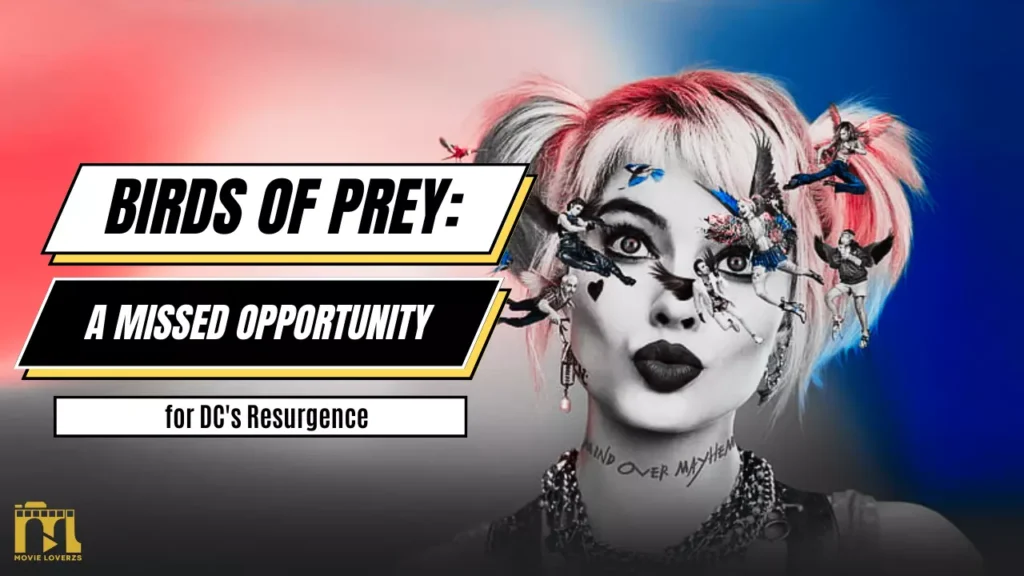Table of Contents
ToggleHorror filmmaking is an exhilarating and captivating genre that has fascinated audiences for decades. It offers a unique blend of suspense, thrills, and a glimpse into the darkest recesses of the human psyche. Whether you’re an aspiring filmmaker or simply a horror enthusiast, this ultimate guide will equip you with the knowledge and skills needed to craft spine-chilling and memorable horror films. So, grab your popcorn and get ready for a journey into the depths of horror filmmaking.
The Art of Crafting a Captivating Story
Creating a captivating story is the backbone of any successful horror film. It sets the stage for suspense, tension, and scares that will keep the audience on the edge of their seats. To kick-start your horror filmmaking journey, let’s delve into the essential elements of a compelling horror story.
Understanding Your Audience: What Makes Them Scream?
To create a spine-tingling horror film, it’s crucial to understand your audience and what terrifies them the most. Conduct thorough research, analyze horror trends, and tap into the collective fears of your target audience. Are they afraid of supernatural entities, psychological horror, or visceral gore? Knowing your audience’s deepest fears will help you tailor your story to maximize its impact.
Crafting an Engaging Plot: The Building Blocks of Terror
Every horror film needs a well-structured plot that keeps the audience engaged from start to finish. Begin by outlining the main story beats and plot points. Introduce your characters, establish the setting, and gradually escalate the tension and stakes as the story progresses. Consider incorporating unexpected twists and turns to keep the audience guessing and on the edge of their seats.
Developing Multidimensional Characters: Heroes and Villains
Compelling characters are the heart and soul of any horror film. Create protagonists that the audience can root for and empathize with. Give them strengths and weaknesses, fears and aspirations, to make them relatable and engaging. Similarly, develop a memorable antagonist or villain who embodies the essence of terror. A well-developed villain can elevate your horror film to new heights.
Setting the Stage: Atmosphere and Mood
Horror films thrive on creating a chilling atmosphere and evoking a sense of dread in the audience. Achieving the perfect atmosphere requires careful attention to various elements. Let’s explore how you can effectively set the stage for your horror masterpiece.
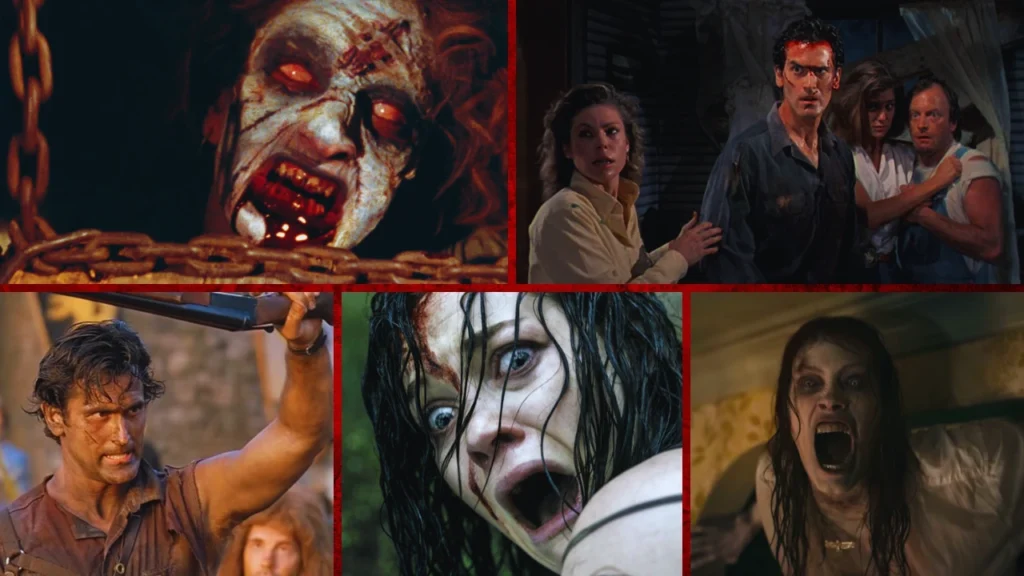
Choosing the Right Location: Where Nightmares Come to Life
The location of your horror film plays a pivotal role in establishing the mood and atmosphere. Whether it’s an eerie mansion, a desolate forest, or a haunted asylum, the right setting can enhance the scares and immerse the audience in the world of your film. Conduct thorough location scouting and choose a place that aligns with the tone and themes of your story.
Cinematography and Lighting: Painting with Shadows
In horror filmmaking, visual storytelling is paramount. Utilize cinematography and lighting techniques to create an eerie and foreboding ambience. Experiment with high contrast lighting, shadows, and unique camera angles to heighten tension and create a sense of unease. Remember, what the audience doesn’t see can be just as terrifying as what they do see.
Sound Design: The Symphony of Fear
Sound design is a powerful tool that can make or break a horror film. Use carefully selected music, eerie sound effects, and silence to manipulate the audience’s emotions and intensify the scares. A spine-chilling soundtrack and well-crafted sound design can elevate even the most mundane scenes into heart-pounding moments.
Bringing Nightmares to Life: Practical Effects and Visual Effects
To truly immerse your audience in the horrors of your film, you need to bring nightmares to life through a combination of practical effects and visual effects. Let’s explore how you can masterfully utilize these techniques to create unforgettable visuals.
Practical Effects: The Art of Gore and Practicality
Practical effects, such as prosthetics, makeup, and animatronics, can add a visceral and realistic touch to your horror film. From gruesome creature designs to gory practical makeup, these effects can create a tangible sense of dread and terror. Collaborate with talented special effects artists to bring your vision to life and leave your audience trembling.
Visual Effects: Pushing the Boundaries of Imagination
In the digital age, visual effects have become an integral part of horror filmmaking. They allow filmmakers to create otherworldly creatures, supernatural phenomena, and breathtaking spectacles. When using visual effects, strike a balance between realism and the surreal to maintain the authenticity of your horror film.
Conclusion
Congratulations! You’ve reached the end of the ultimate guide to horror filmmaking. Armed with this knowledge, it’s time to unleash your creativity and dive into the thrilling world of horror. Remember, storytelling, atmosphere, and visual effects are the key pillars of horror filmmaking. Embrace your fears, experiment, and push the boundaries of the genre. Now, go forth and create unforgettable nightmares on the silver screen!
FAQs
How can I create suspense in my horror film?
Suspense is an essential element of horror filmmaking. To create suspense, utilize techniques such as slow pacing, unexpected interruptions, and misdirection. Build tension through strategic editing and sound design, keeping the audience guessing and anticipating what’s lurking around the corner.
What are some iconic horror films that every filmmaker should watch?
here are several iconic horror films that have left an indelible mark on the genre. Some must-watch classics include “Psycho,” “The Shining,” “The Exorcist,” “Halloween,” and “Nightmare on Elm Street.” These films showcase masterful storytelling, atmospheric direction, and unforgettable scares.
How can I make my horror film stand out from the crowd?
To make your horror film stand out, strive for originality and innovation. Explore unique themes, subvert genre expectations, and inject fresh perspectives into your storytelling. Push the boundaries of horror and dare to be different.
What are the essential elements of a jump scare?
Jump scares are a popular technique in horror films to startle and surprise the audience. To craft an effective jump scare, carefully control the buildup of tension, use sudden visual or auditory stimuli, and time the scare for maximum impact. Remember, a well-executed jump scare can elicit screams from even the bravest viewers.
How important is sound design in horror filmmaking?
Sound design is crucial in horror filmmaking as it amplifies the scares and creates an immersive experience for the audience. Well-crafted sound effects and a haunting soundtrack can heighten tension, evoke fear, and make the horror come alive on the screen.
What should I consider when selecting actors for my horror film?
When selecting actors for your horror film, look for individuals who can convincingly portray a range of emotions, especially fear and vulnerability. Chemistry among the cast members is also essential for creating believable relationships and interactions. Conduct auditions and screen tests to find the right talent that can bring your characters to life.

